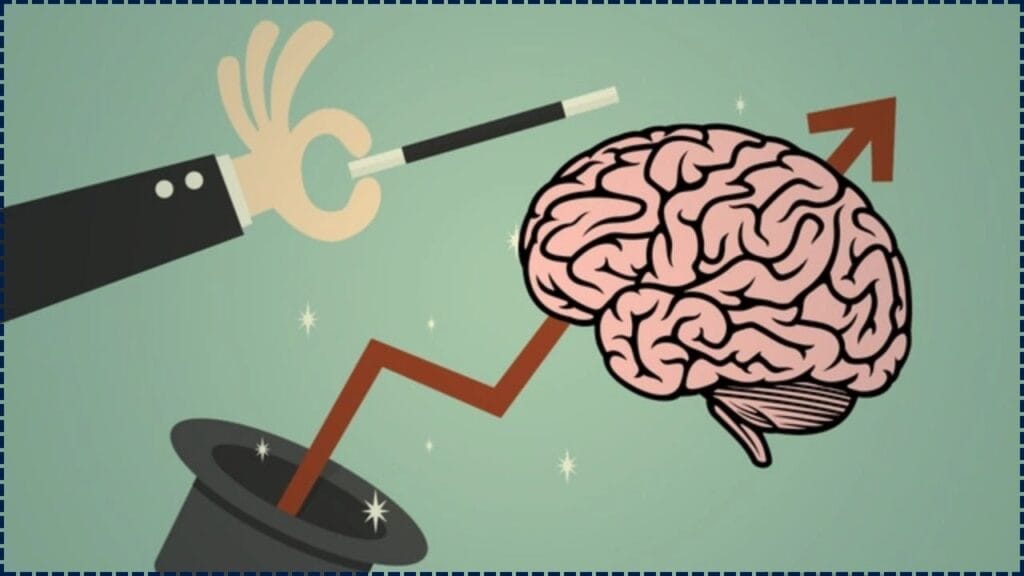This Brain Trick to Adopt Habits Easily: We’ve all been there. You promise yourself to hit the gym, eat clean, or ditch that late-night doomscrolling—and it goes great for a few days. Then life happens. Suddenly, that motivation disappears, and you’re back to square one. The truth is, willpower doesn’t work the way we think it does. But don’t worry—your brain’s got a secret weapon, and today, we’re going to show you how to use it.

This Brain Trick to Adopt Habits Easily
| Concept | Details |
|---|---|
| Willpower Limitations | Willpower is a finite resource; relying on it alone often leads to habit failure. |
| Habit Loop | Cue → Routine → Reward; understanding this cycle is key to forming new habits. |
| Habit Stacking | Linking a new habit to an existing one boosts consistency. |
| Start Small | Tiny, consistent actions build stronger habits than big, overwhelming changes. |
| Environment Design | Setting up your space for success can make or break your habit. |
| Official Resource | NIH – Behavioral Habits Research |
Let’s be real—willpower fades, but your brain is wired to form habits that last. With simple, science-backed strategies like habit stacking, starting small, and environment design, you can make lasting change feel easy—even automatic.
So next time your motivation dips, don’t beat yourself up. Use the brain tricks that actually work and build a life that runs on autopilot toward your goals.
Why Willpower Alone Just Doesn’t Cut It
Willpower Isn’t Infinite—Science Says So
Think of willpower like a battery. You start the day charged up, but every decision you make drains it a little. By the time you’ve fought traffic, sat through meetings, and handled family duties, your mental fuel is gone. That’s when bad habits sneak in.
Research from the American Psychological Association shows that willpower is a limited resource, and when it runs low, your ability to make good decisions drops like a rock. That’s why relying on it alone often sets us up to fail.
The Habit Loop – Your Brain’s Built-In Shortcut
According to Charles Duhigg’s bestselling book, The Power of Habit, all habits follow the same neurological loop:
- Cue – Something that triggers the behavior (e.g., waking up, feeling stressed).
- Routine – The behavior itself (e.g., smoking, scrolling TikTok, working out).
- Reward – The benefit your brain gets (e.g., dopamine rush, feeling relaxed).
To build new habits, you’ve got to hack the loop—create clear cues and build in satisfying rewards. That’s how you rewire your brain.
The Brain Trick – Habit Stacking
What Is Habit Stacking?
Habit stacking is a method popularized by productivity expert James Clear. It’s simple: attach a new habit to something you already do consistently. The existing habit becomes a trigger for the new one.
Example:
“After I brush my teeth, I’ll do 10 squats.”
Because brushing your teeth is already automatic, it makes starting those squats easier. No need for willpower—your brain’s on autopilot.
Start Small or Not at All
The Magic of Tiny Habits
Stanford behavior scientist BJ Fogg encourages people to “make it so easy you can’t say no.” That’s where micro-habits come in.
Instead of setting a goal to meditate 30 minutes a day, start with one deep breath. Want to start journaling? Just write one sentence. The smaller the task, the easier it is to repeat. Over time, these small wins snowball into big changes.
Set Up Your Environment to Win
Make the Good Habit Easy
- Put your gym clothes next to your bed.
- Keep a water bottle on your desk.
- Prep healthy snacks ahead of time.
Make the Bad Habit Hard
- Turn off app notifications.
- Store junk food out of sight (or don’t buy it).
- Delete time-wasting apps from your phone.
- Your brain takes the path of least resistance. Make that path lead where you want to go.
This Brain Trick to Adopt Habits Easily Build a Habit in 5 Simple Steps
- Pick One Habit: Don’t overhaul your life overnight. Focus on one small habit you can build daily.
- Anchor It to an Existing Routine: Use habit stacking. Example: “After I make coffee, I’ll write one thing I’m grateful for.”
- Set Up Cues and Reminders: Use phone alarms, sticky notes, or visual cues to remind you.
- Make It Rewarding: Add a feel-good reward (e.g., a piece of dark chocolate, a gold star on a calendar).
- Track Progress: Use a habit tracker or app. Seeing progress motivates consistency.
FAQs On This Brain Trick to Adopt Habits Easily
Q: How long does it take to build a new habit?
A: Research shows it takes an average of 66 days to solidify a habit—but it varies by person and complexity.
Q: What if I miss a day?
A: No big deal. Missing one day won’t break the habit. Just don’t miss two days in a row.
Q: Can I build more than one habit at a time?
A: You can, but it’s better to master one habit first before adding more.
Q: Is there an app that helps with habit formation?
A: Yes! Try Habitica, Streaks, or HabitBull for habit tracking.
Q: What’s the fastest way to make a habit stick?
A: Start small, use habit stacking, and set up your environment to make success easier.












